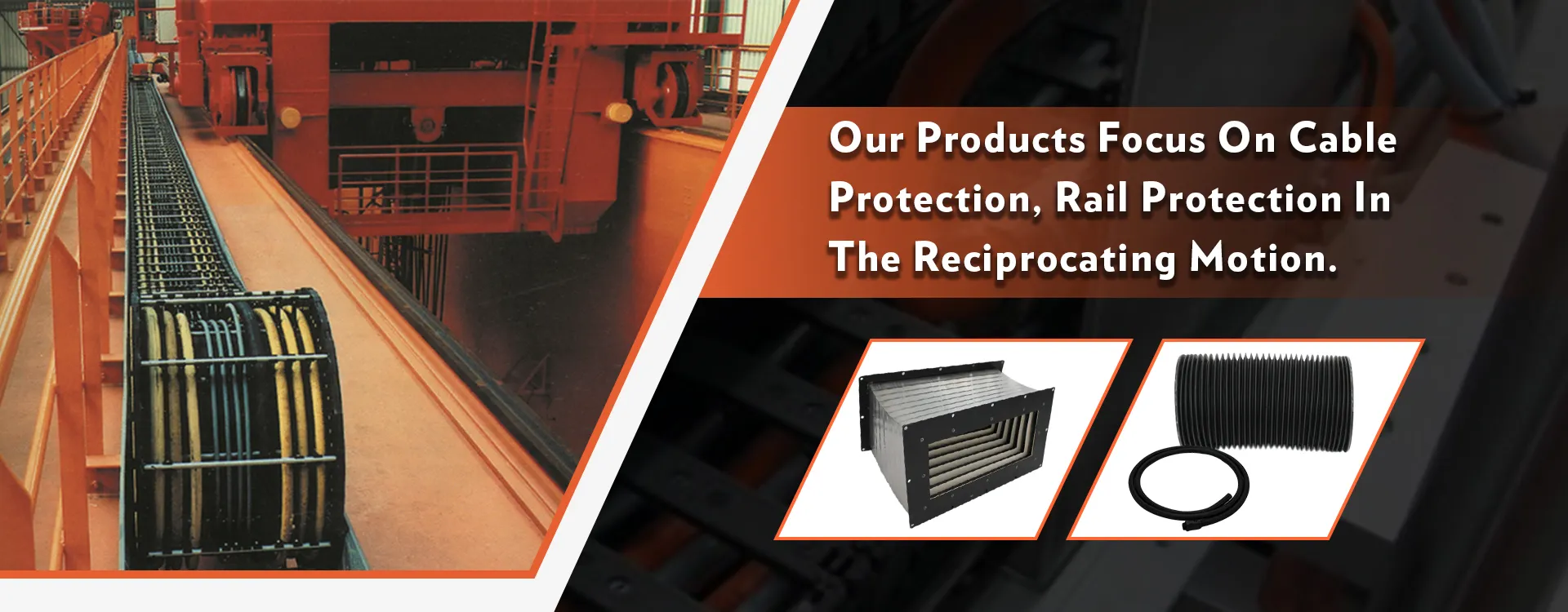Sync Belt - Optimize Your Synchronization Experience
Understanding the Importance of a Sync Belt in Mechanical Systems
In the world of mechanical engineering and automotive design, one of the unsung heroes of the many intricate components that ensure smooth operation is the synchronization belt, commonly referred to as the sync belt. This critical element plays a vital role in various machines and vehicles, primarily within internal combustion engines.
The sync belt, also known as the timing belt, is designed to keep the engine's camshaft and crankshaft in sync. This synchronization is crucial because the timing of the engine's valves in relation to the movement of the pistons is fundamental to the engine's performance. If these components are not properly aligned, it could lead to severe engine damage and drastically reduce the efficiency of power delivery.
The construction of a sync belt is typically of high-quality rubber, often reinforced with materials like fiberglass or carbon fiber for added durability
. It features grooves along its length that fit into corresponding teeth on the camshaft and crankshaft sprockets. This tooth-and-groove design prevents slippage, ensuring that the timing remains accurate even under varying loads and speeds. The efficiency of a sync belt can greatly affect an engine’s performance, fuel consumption, and overall lifespan.sync belt

One of the most significant advantages of using a sync belt over a chain is its reduced noise levels. Chains tend to be noisier due to the metal-to-metal contact; whereas, sync belts operate more quietly, creating a smoother engine sound. Additionally, sync belts are lighter, contributing to better overall vehicle performance and fuel efficiency. However, they do have a finite lifespan and require regular inspection and replacement to prevent failure.
Failure to replace a worn-out or damaged sync belt can have catastrophic consequences. A broken timing belt can lead to what is commonly referred to as a “catastrophic failure,” leading to bent valves, damaged pistons, or even complete engine failure. This potential for severe damage underscores the importance of regular maintenance checks. Most manufacturers recommend replacing the sync belt every 60,000 to 100,000 miles, but it's always wise to consult the vehicle's manual for specific recommendations.
In addition to automobiles, sync belts also find applications in various industries ranging from robotics to manufacturing equipment. Any mechanical system requiring precise timing for its operations can benefit from this versatile component. For example, in automated systems, the sync belt ensures that conveyor belts move in perfect harmony with robotic arms, facilitating smooth operations and reducing the risk of mechanical errors.
In conclusion, the sync belt is a crucial component in modern mechanical systems. Its role in ensuring the synchronized operation of various parts means that it directly impacts the overall functionality and reliability of the engine. Regular inspection and maintenance can help prevent costly damages, thereby highlighting the sync belt's importance in both automotive and industrial applications. Recognizing the value of this seemingly simple component can lead to better engine performance and longevity, ultimately enhancing the efficiency of the entire mechanical system.








